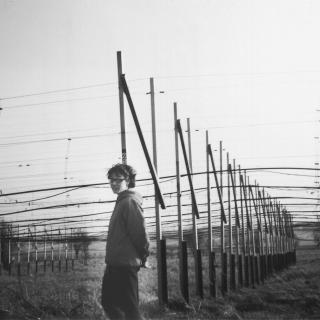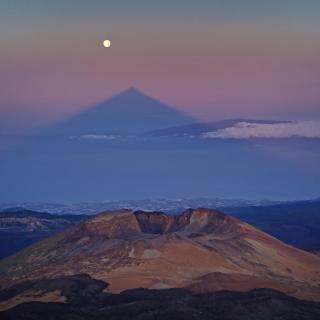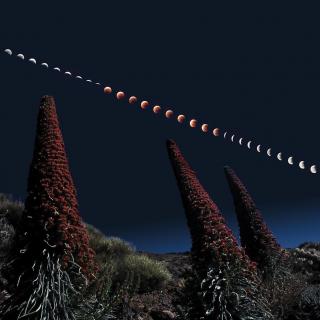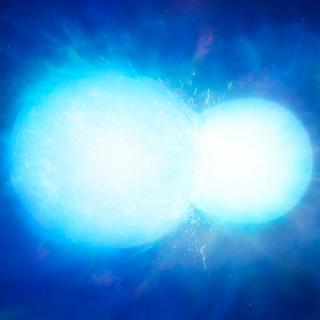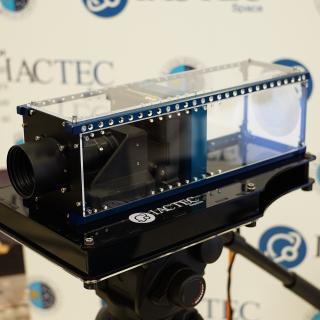
An international team of astronomers, including researchers from the Instituto de Astrofísica de Canarias, has found for the first time an unusual star that oscillates on one side due to the gravitational attraction of another nearby star. The study, which is published in the journal Nature Astronomy, uses data from NASA's TESS satellite and has involved the collaboration of citizen scientists.
Advertised on
